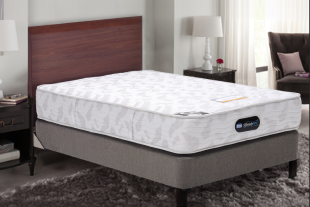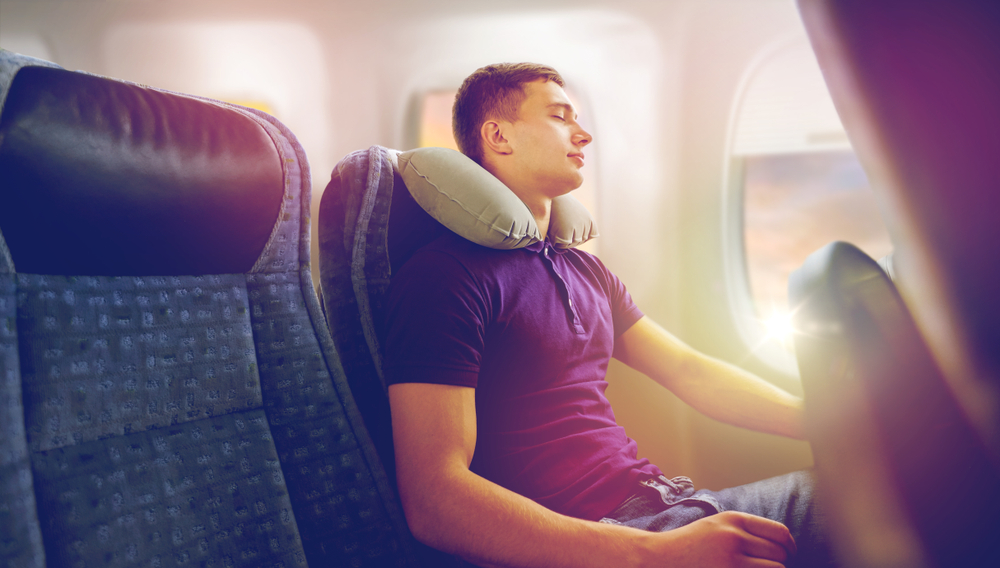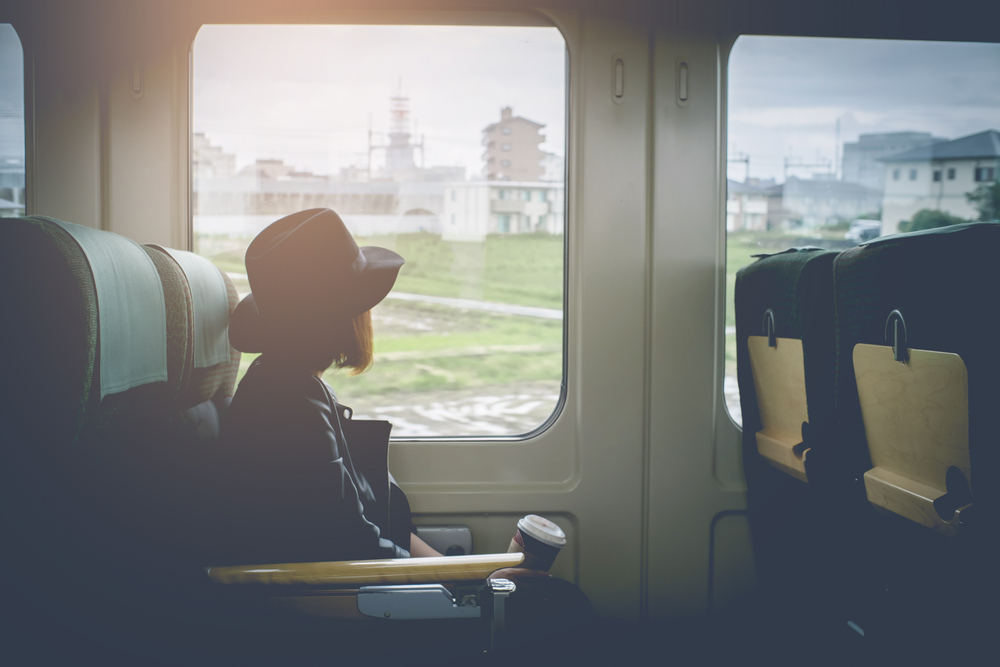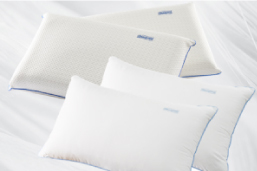- Mattresses
-
-

Promotion
-

New Collection
-
- Bedframes and Accessories
-
-
Simmons PillowLearn More
-
Choose your baseLearn More
-
- Promotion
- Corporate
- Hospitality

Promotion

New Collection
Simmons PillowLearn More
Choose your baseLearn More

Info

You’re excited for an upcoming trip; the itinerary is planned, your packing list is complete, and travel and accommodation arrangements have been settled. But before the trip can actually get underway, one more obstacle lies ahead – the long flights and train rides to get to your destination. For those prone to travel aches and pains, we show you easy ways to protect your posture and have you arriving feeling fresh and ready to enjoy your well-deserved break.

Pack a good pillow for restful sleep
If you can fall asleep anywhere, long distance travel probably doesn’t seem like bad news. It may even be a welcome opportunity to catch up on some beauty sleep. However, if your neck isn’t well supported, it’s likely to be subjected to many odd positions while you nap – not only does this look awkward, it also puts abnormal pressure on your neck muscles.
Here’s where the travel pillow can come in handy: its typical U-shaped curve is designed to secure your neck in place by providing support on all sides of the head1. This allows neck muscles to relax so you’ll fall asleep easily and wake up without that painful crick in the neck. Bonus points if your chosen pillow is lightweight and compact, making it travel-friendly.

Handle your bags with care
Some of us are obsessive packers – after all, what’s the harm in being prepared for any possible scenario? But apart from leaving little space for souvenirs, filling your luggage with unnecessary items makes it heavy and inconvenient to drag around, not to mention that the sheer weight of it adds stress to your arms, neck, shoulders and back.
Lighten your load by choosing a bag with wheels and a handle2, so you can roll your luggage along instead of carrying it. The right way to lift a bulky item off the floor is from a squatting position – knees bent, abdominals tight, back straight – and use the power of your legs to straighten to standing position. Keep the luggage close to your torso and avoid twisting or rotating your spine when you lift it3. These proper lifting and carrying techniques will minimise the strain on your neck, shoulders and back. Of course, the most obvious way to travel light is to only pack what you need, and not your entire wardrobe.

Take a break from your device
When faced with a long journey ahead, you may rely on your tablet or phone to pass the time. But those extra hours spent hunched over your devices are doing more harm than you realise (and we don’t just mean developing eye strain)
Each time you glance down at your gadgets, your shoulders curve forward and the pressure on your neck increases. A 45-degree tilt puts a hefty 49 pounds of weight on our neck – that’s more than triple the force felt at neutral position4! In the long run, such bad posture accelerates wear and tear of the neck, upper spine and back, and could lead to various complications.
To avoid the ‘text neck’ syndrome, hold your phone at the best viewing angle (eye level) and take frequent breaks from bending forward5. Going on a scenic drive or train ride, or occupying the window seat on a plane? Looking out the window is a good way to give your eyes and neck a rest – plus you wouldn’t want to miss any breathtaking views outside.
Move around for better health
If you sit for long periods without moving, you are at risk of developing the ‘economy-class syndrome’. It’s another term for deep vein thrombosis (DVT) – blood clotting in a vein, typically in the thighs or calves – caused by prolonged immobility, which is common in long-haul flights. About half of those with DVT show no symptoms, but DVT is potentially life-threatening as the blood clot can travel in the bloodstream and result in pulmonary embolism, a blockage of the lung artery6.
To reduce these risks, loosen your limbs to get your blood flowing. Toe lifts, ankle rotations and shoulder stretches are some exercises you can easily perform even if you’re stuck in your seat7. Do these exercises for three to four minutes every hour, and take short walks around the cabin8 or train carriage to help melt away stiffness. If you’re driving, make pit stops along the way so you can walk and stretch.
Sources:
1 UK Health and Care
2 Byward Chiropractic Clinic
3 Dr Frank B. Kelly, M.D., Orthopaedic Surgeon, and Chair of American Academy of Orthopaedic Surgeons’ (AAOS) Board of Councillors
4 Dr Kenneth K. Hansraj, Chief of Spine Surgery at New York Spine Surgery and Rehabilitation Medicine
5 University of California’s Ergonomics Injury Prevention Program
6 US Centers for Disease Control and Prevention
7 Scandinavian Traveler
8 Qantas Airways
Mattresses
Bedframes and Accessories
Offers
Info
About
Privacy, Legal & Warranty
You can see how this popup was set up in our step-by-step guide: https://wppopupmaker.com/guides/auto-opening-announcement-popups/
You can see how this popup was set up in our step-by-step guide: https://wppopupmaker.com/guides/auto-opening-announcement-popups/

You can see how this popup was set up in our step-by-step guide: https://wppopupmaker.com/guides/auto-opening-announcement-popups/
Tight stairways and narrow lifts may pose difficulties in the delivery of this large product. If you are unsure if your environment can accommodate the delivery of this product, please indicate this in the “Special Remarks” section of the check out page. Our team will gladly send down a specialist to analyse the situation and advise you accordingly.
You can see how this popup was set up in our step-by-step guide: https://wppopupmaker.com/guides/auto-opening-announcement-popups/
You can see how this popup was set up in our step-by-step guide: https://wppopupmaker.com/guides/auto-opening-announcement-popups/